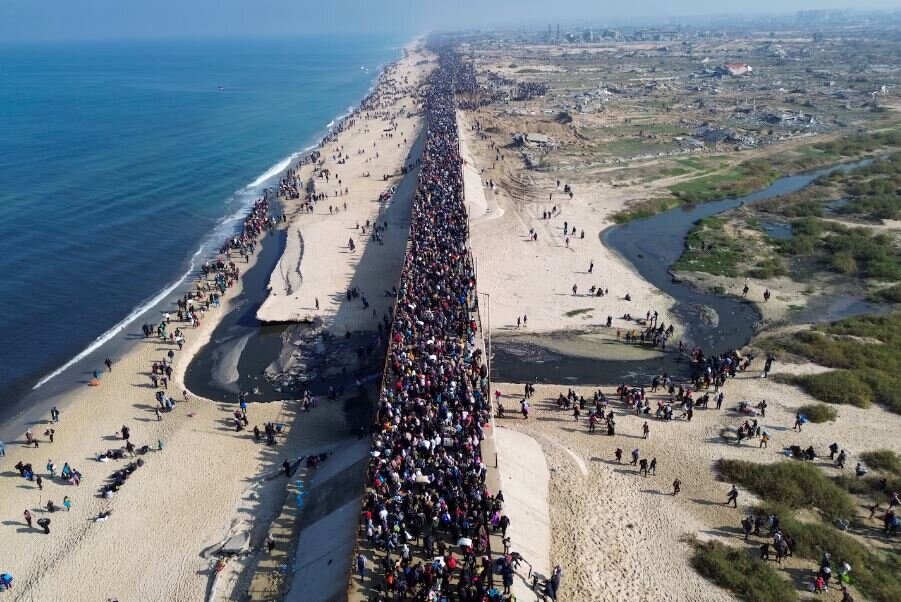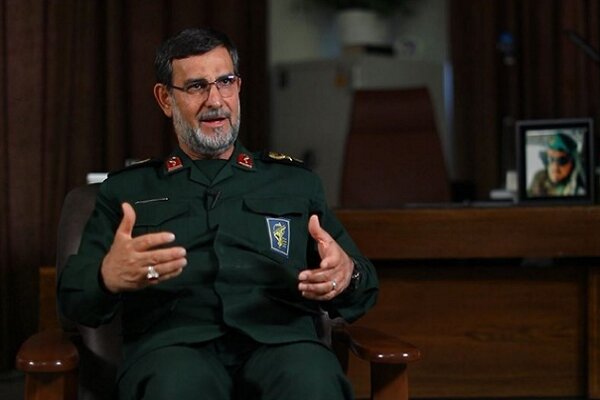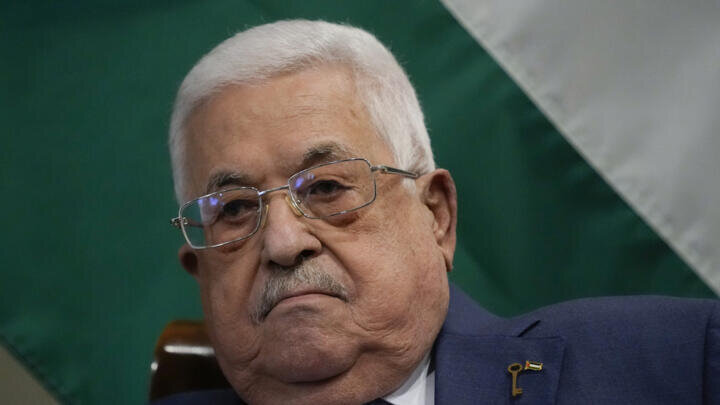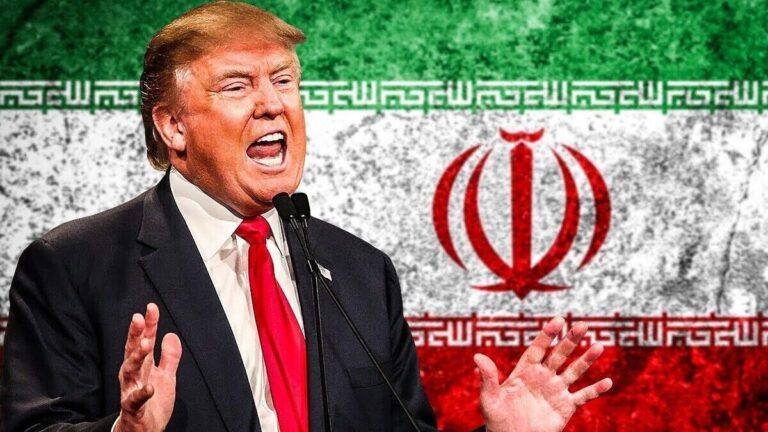Trump Proposes Long-Term U.S. Control Over Gaza: A Bold Vision for the Region’s Future
The recent remarks by former United States President Donald Trump regarding the Gaza Strip have ignited a wave of controversy and protest. Trump proposed that the US would take “ownership” of Gaza, intending to transform it into “the Riviera of the Middle East.” This statement has raised significant concerns about the future of the Palestinian people and the geopolitical landscape of the region.
During a news conference held on Tuesday evening alongside Israeli Prime Minister Benjamin Netanyahu, Trump articulated his vision for Gaza’s redevelopment, asserting that the US would oversee the area after the resettlement of Palestinians to other locations. He stated, “The US will take over the Gaza Strip, and we will do a job with it too.” This declaration has been met with widespread criticism and alarm.
Here are some key highlights from Trump’s statements:
- Ownership of Gaza: Trump emphasized that the US would take a “long-term ownership position” in Gaza, suggesting a significant shift in policy regarding the territory.
- Reconstruction Plans: The former president detailed plans to clear the area of destroyed buildings and dismantle “dangerous unexploded bombs and other weapons.”
- Military Involvement: When asked about the potential deployment of US soldiers, Trump did not dismiss the idea, stating, “As far as Gaza is concerned, we’ll do what is necessary.”
In response to Trump’s controversial remarks, hundreds of protesters gathered outside the White House, chanting, “Gaza is not for sale.” This demonstration highlighted the strong opposition to the idea of forcibly relocating Palestinians from their homeland, emphasizing the right of the Palestinian people to remain in Gaza.
The Palestinian resistance movement Hamas, which governs the Gaza Strip, quickly condemned Trump’s proposal. They described his plans as a “recipe for creating chaos and tension in the region,” asserting that the local population would not accept any displacement. Hamas stated, “What is required is an end to the occupation and aggression against our people, not their expulsion from their land.” This sentiment reflects a broader resistance among Palestinians, who have faced ongoing conflict and displacement over the years.
Further complicating the situation, regional allies of the US, including Egypt and Jordan, have openly criticized Trump’s calls for relocating Palestinians. Last week, both Egyptian President Abdel Fattah el-Sissi and Jordanian King Abdullah II dismissed the notion of permanently resettling displaced Palestinians, signaling a strong opposition to the plans proposed by the former president.
The reaction from the international community has been significant, with many leaders expressing their concern over the potential humanitarian crisis that could arise from such actions. The implications of Trump’s statements could lead to increased tension not only within Gaza but also across the broader Middle Eastern region.
As discussions continue, it is crucial for the international community to prioritize diplomatic efforts aimed at achieving a peaceful resolution to the longstanding conflict. The rights and dignity of Palestinians must be upheld, and any plans for the future of Gaza should involve the voices and needs of those who currently reside there.
In conclusion, the recent comments by Donald Trump regarding the Gaza Strip have sparked intense debate and protest, highlighting the complexities and sensitivities surrounding the Israeli-Palestinian conflict. The situation remains dynamic, and as events unfold, it is essential to remain informed and engaged in discussions about peace and resolution in the region.
For further updates on the situation in Gaza and the responses from various international stakeholders, stay tuned to reliable news sources.






